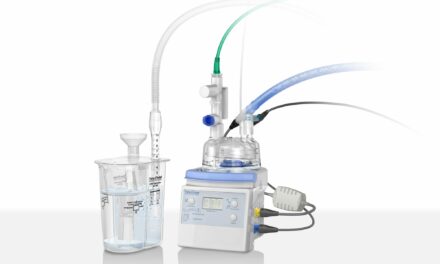A new study suggests that states that expanded their Medicaid programs under the Patient Protection and Affordable Care Act (PPACA) saw a decline in ICU utilization among patients hospitalized for conditions for which hospitalizations may have been prevented through early interventions. Medicaid expansion was also associated with an early adoption of insurance coverage
among patients hospitalized with these conditions. The study was presented at ATS 2018.
“While it is first important to validate these results over time and across other states, declines in ICU admission under Medicaid expansion may mean that gains in insurance access have led to early improvements in clinical outcomes,” said lead author Andrew Admon, MD, MPH, of the University of Michigan. “This may in turn reduce rates of very costly hospitalizations and alleviate strain on intensive care units, helping to offset the financial cost of expanding insurance coverage.”
Dr Admon and colleagues looked at five states, some of which expanded their Medicaid programs under the PPACA and some of which didn’t. The states represented a broad geographic area. The researchers obtained data on all adults 18 to 64 years old in these states who were discharged from hospitals between 2012 and 2014, looking specifically for ambulatory-care sensitive conditions (ACSCs) – conditions for which severe illness may be preventable with early interventions, as defined by the Agency for Healthcare Research and Quality.
These include 18 health conditions ranging from bacterial pneumonia to congestive heart failure and uncontrolled diabetes.
“We used a difference-in-difference analysis that uses a control group subject to the same pre-existing trends over time but not to the policy change in question,” said Dr Admon. “Although several assumptions need to be met and tested for a difference-in-difference study design to be applicable, using this design can allow a researcher to isolate the effects of the policy change itself from those occurring due to other causes.”
The researchers identified 567,160 (11.2%) of the total patients admitted to hospitals in these states between 2012 and 2014 as having ACSCs. The overall ICU admission rate for all hospitalized patients was 12.1%, while the ICU admission rate for ACSC patients was 20.9%. In the expansion states, the percentage of uninsured hospitalized patients fell from 12.7% to 4.5%. Rates of Medicaid coverage increased from 19% to 26.6%. Uninsurance and Medicaid rates remained flat in non-expansion states. In the first year after expansion, the expansion states saw a significant decline in risk-adjusted ICU admission rates among hospitalized patients with Medicaid or no insurance.
“Although most research examining the effects of complex policies on healthcare utilization have used hospital admissions and emergency department visits as markers of ambulatory care access and quality, this study used critical illness as an alternative measure,” said Dr. Admon. “Because critical illness may be less susceptible to patient and provider decision-making than other types of health care utilization, they may be better markers of disease control after a complex policy change such as insurance
expansion.”










